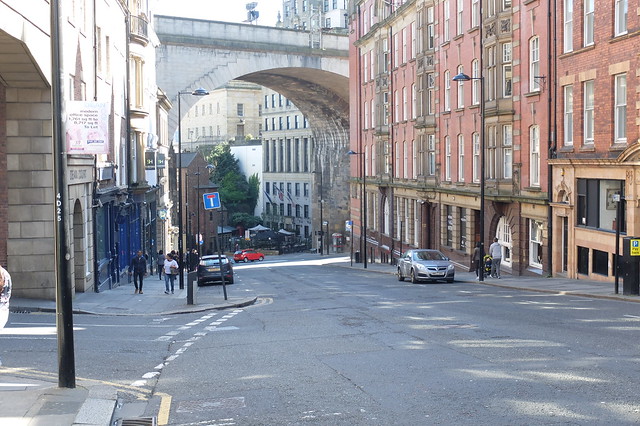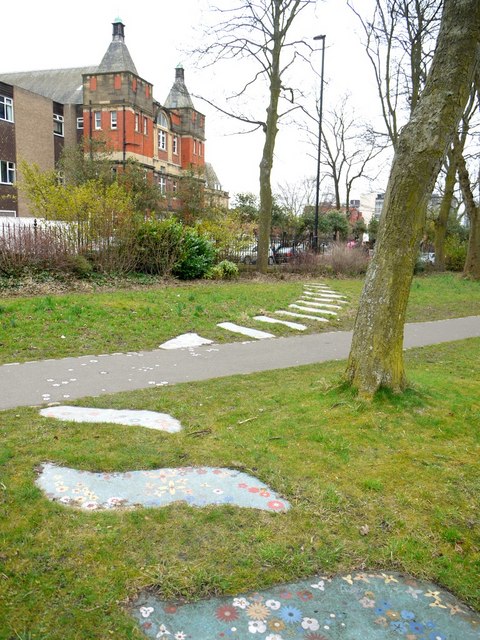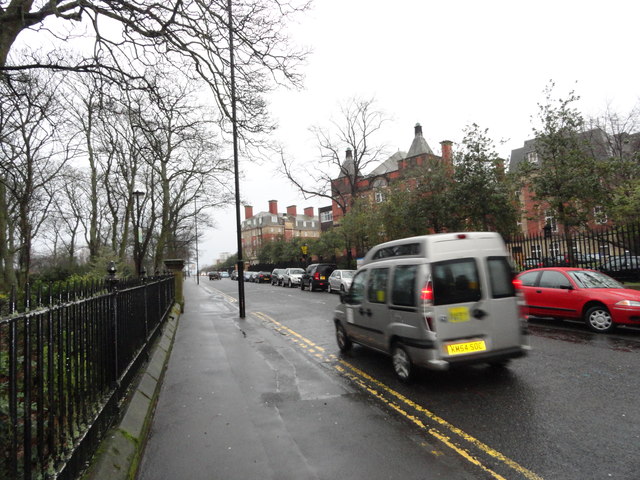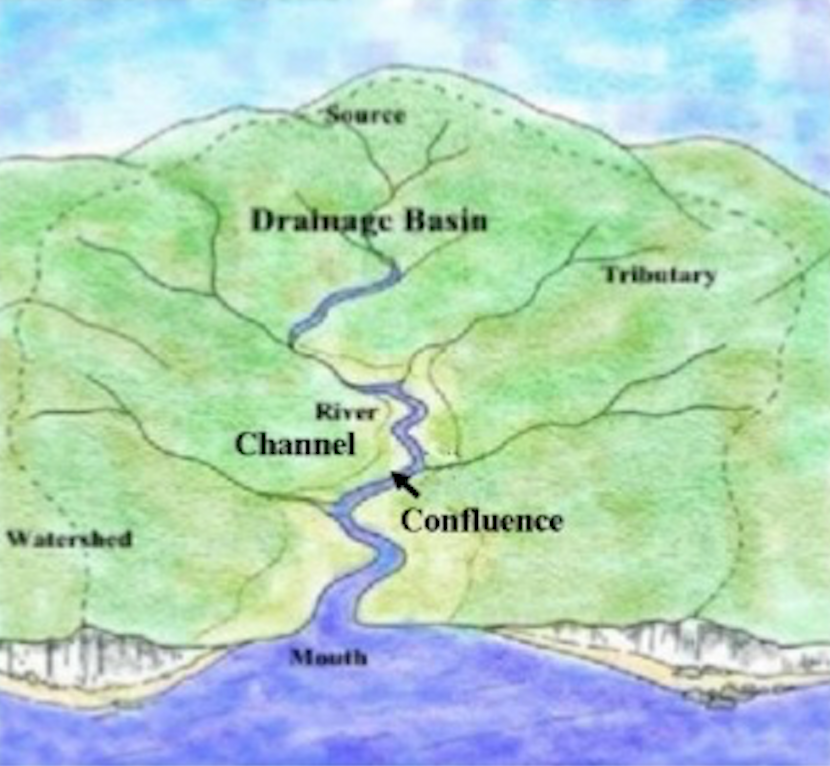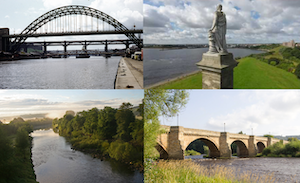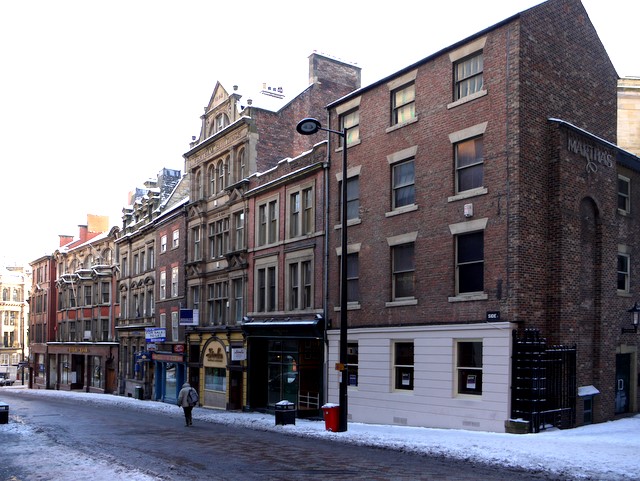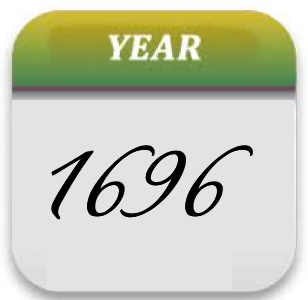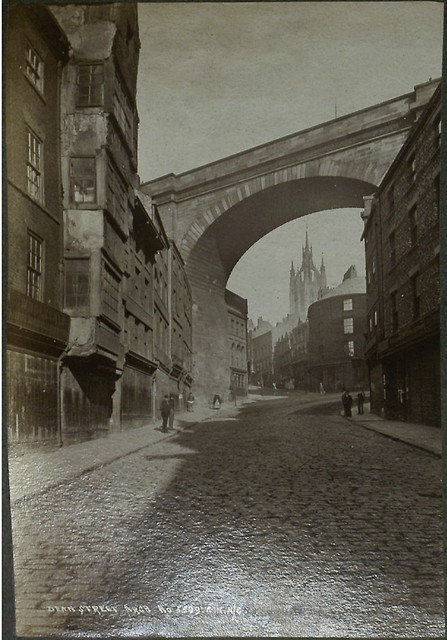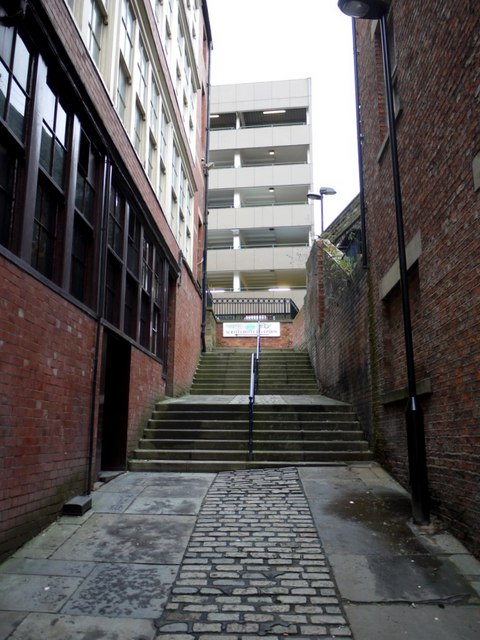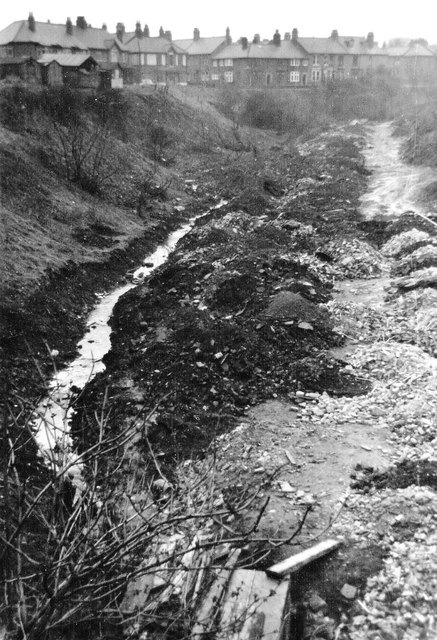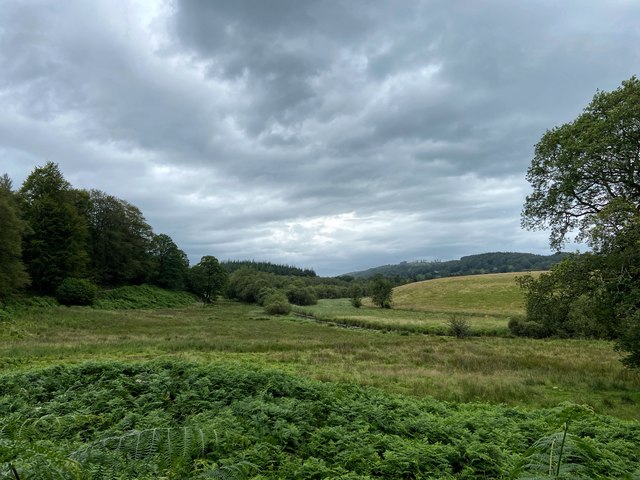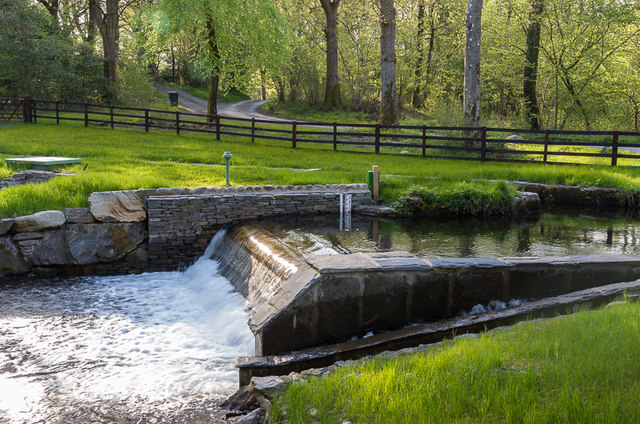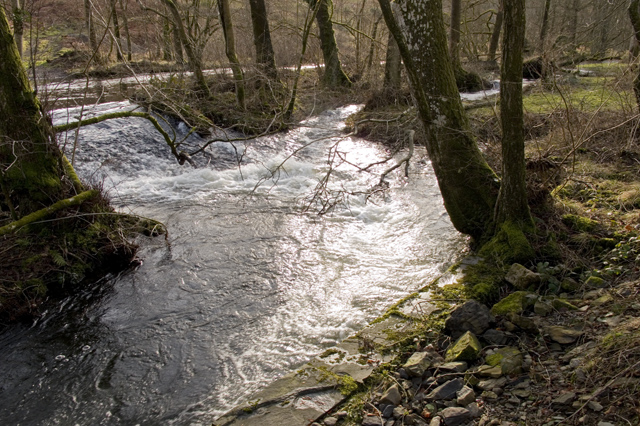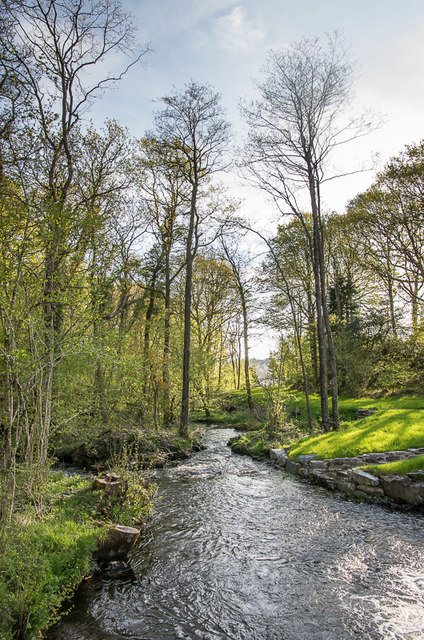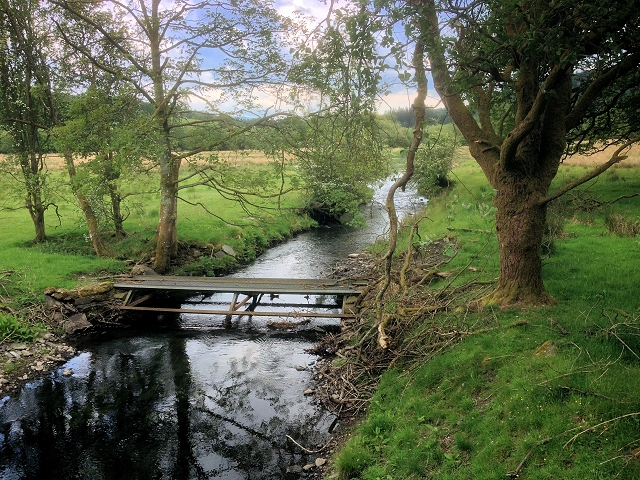Topics > Geography > Rivers > River Tyne > Lort Burn
Lort Burn
Lort Burn is one of Newcastle's hidden streams - it runs under Grey Street and Dean Street.
Historical Importance: “The very early commerce of Newcastle appears to have been carried on, not on the Tyne itself - the Sandhill and lower parts of the Town then being covered with the tide - but in the Lort Burn, which passes down a ravine under the present Grey Street, Dean Street and the Side. The tide ran far up this valley. The first houses erected in the Cloth Market had warehouses behind them, communicating with this burn, which was navigable to their doors up to the High Bridge. Afterwards the merchants moved lower down nearer the river, to the Side and the Sandhill.” (The River Tyne, James Guthrie 1880) Souce: Riverscape, Newcastle Arts Centre.
Facinating Fact: In 1296 a wooden, 135 ft long galley ship was constructed at the mouth of the Lort Burn in Newcastle. The ship cost £205, and is the earliest record of shipbuilding in Newcastle.
Culvert / Infilling: "[Lort Burn] Rises in Leazes, between Barrack Road and Richardson Road, then runs across Richardson Road just north of junction with Queen Victoria Road, down north side of St. Thomas Street and bends south just after junction with Percy Street and so on beneath Grey Street and Dean Street....By 1580 part of the Lort Dene was being infilled and by 1646 the lowest section was being culverted. The section in the Side was finished in 1696. The Lort Burn was fully covered in 1784 because was deemed "a vast nauseous hollow… a place of filth and dirt". To create Grey Street, 250,000 cartloads of material were dumped in the Lort Dene above the culvert to level the site." (SiteLines, Newcastle City Council)
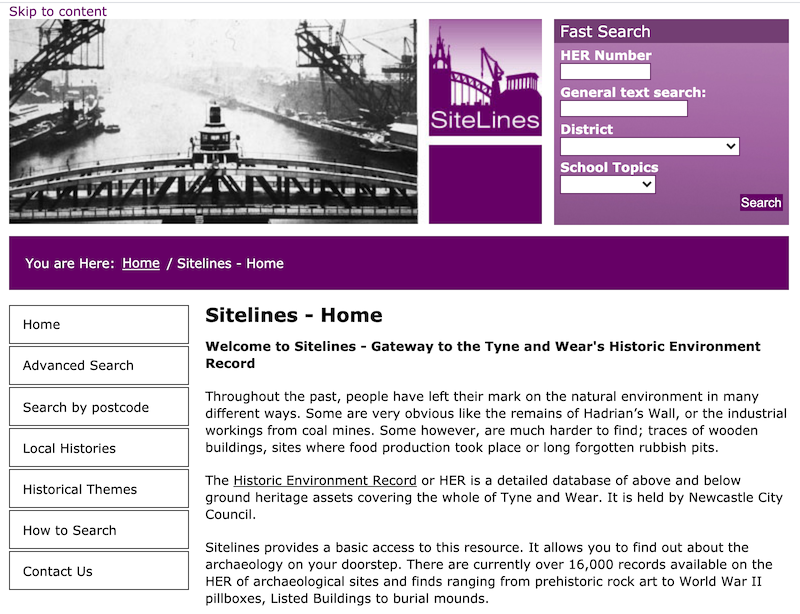
from http://twsitelines.info/SMR/1…
Tyne and Wear HER(11105): Newcastle, Lort Burn
- "Rises in Leazes, between Barrack Road and Richardson Road, then runs across Richardson Road just north of junction with Queen Victoria Road, down north side of St. Thomas Street and …
Added by
Simon Cotterill

from https://en.wikipedia.org/wiki…
Lort Burn
- "The Lort Burn is a subterranean burn in Newcastle upon Tyne. It used to flow through the centre of the city into the Tyne but was essentially used as an …
Added by
Simon Cotterill
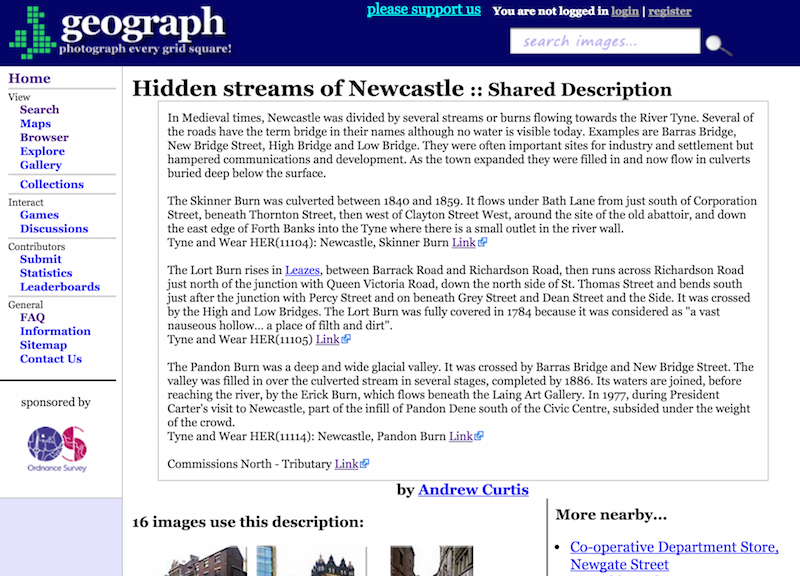
from http://www.geograph.org.uk/sn…
Hidden streams of Newcastle
- "In Medieval times, Newcastle was divided by several streams or burns flowing towards the River Tyne. Several of the roads have the term bridge in their names although no water …
Added by
Simon Cotterill
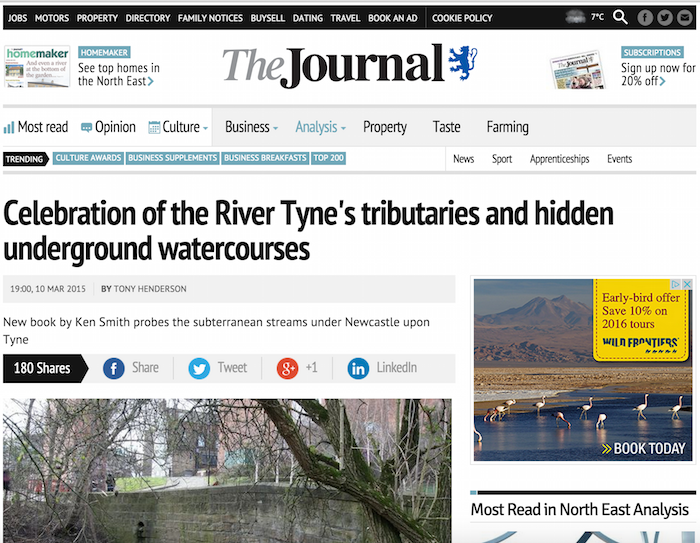
from http://www.thejournal.co.uk/n…
Celebration of the River Tyne's tributaries and hidden underground watercourses
- Article by Tony Henderson (The Journal, 10th March 2015) reviewing a new book by Ken Smith about the subterranean streams under Newcastle.
Added by
Pat Thomson
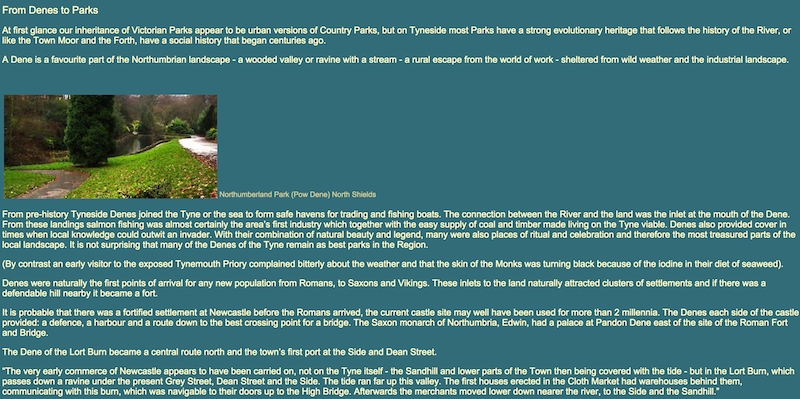
from http://www.newcastle-arts-cen…
The Heritage of Denes
- "At first glance our inheritance of Victorian Parks appear to be urban versions of Country Parks, but on Tyneside most Parks have a strong evolutionary heritage that follows the history …
Added by
Simon Cotterill

Co-Curate Page
Leazes Park
- Overview About Leazes Park Map Street View Leazes Park is in the centre of Newcastle, with its main entrance on Richardson Road. The 14 hectare park was opened by Sir …


from http://twsitelines.info/SMR/1…
Tyne and Wear HER(11105): Newcastle, Lort Burn
- "Rises in Leazes, between Barrack Road and Richardson Road, then runs across Richardson Road just north of junction with Queen Victoria Road, down north side of St. Thomas Street and …
Added by
Simon Cotterill

from https://en.wikipedia.org/wiki…
Lort Burn
- "The Lort Burn is a subterranean burn in Newcastle upon Tyne. It used to flow through the centre of the city into the Tyne but was essentially used as an …
Added by
Simon Cotterill

from http://www.geograph.org.uk/sn…
Hidden streams of Newcastle
- "In Medieval times, Newcastle was divided by several streams or burns flowing towards the River Tyne. Several of the roads have the term bridge in their names although no water …
Added by
Simon Cotterill

from http://www.thejournal.co.uk/n…
Celebration of the River Tyne's tributaries and hidden underground watercourses
- Article by Tony Henderson (The Journal, 10th March 2015) reviewing a new book by Ken Smith about the subterranean streams under Newcastle.
Added by
Pat Thomson

from http://www.newcastle-arts-cen…
The Heritage of Denes
- "At first glance our inheritance of Victorian Parks appear to be urban versions of Country Parks, but on Tyneside most Parks have a strong evolutionary heritage that follows the history …
Added by
Simon Cotterill

